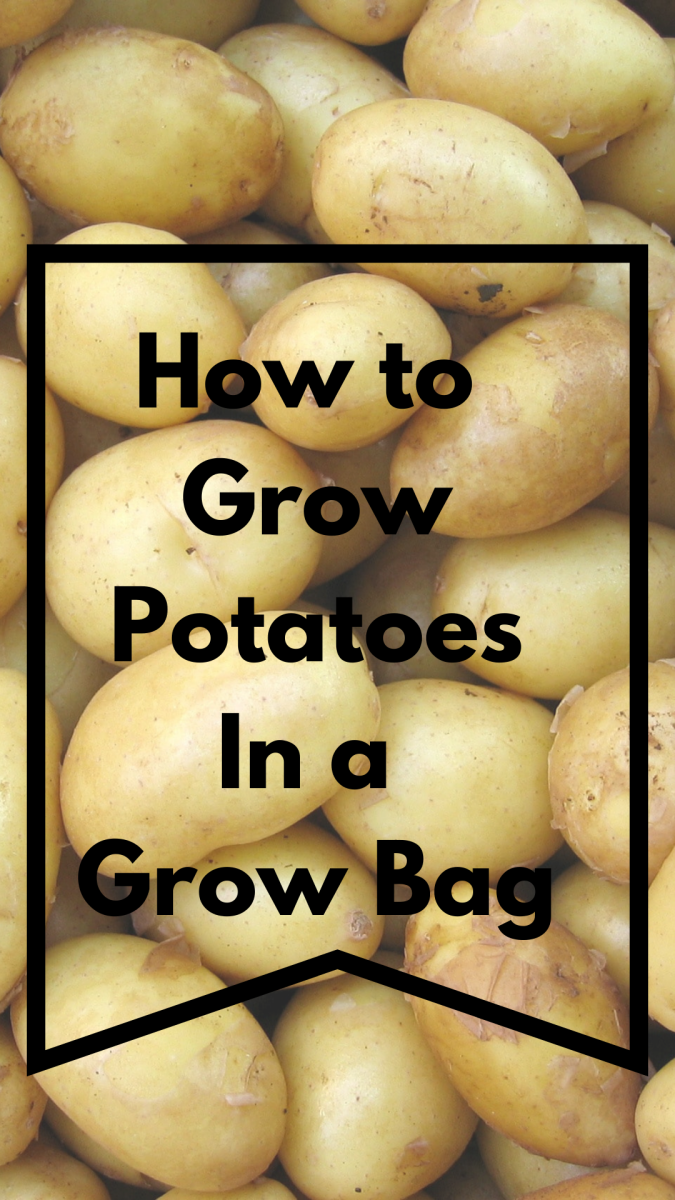Why tomatoes stop growing in hot weather
No blooms for hot tomatoes
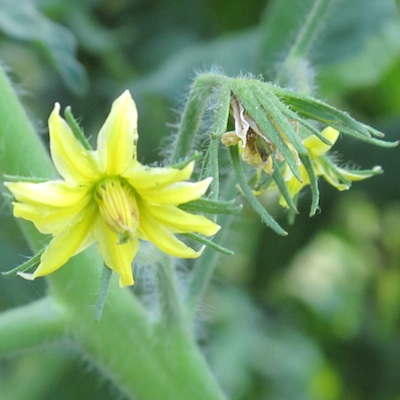
No more red tomatoes
When tomato plants are loaded with blooms, you may expect a bumper crop of juicy tomatoes. But plants will suffer during a heat wave and flowers dry up and fall off.
As temperatures climb above 95 degrees during the day and continue above 75 degrees at night, expect blossom drop. When evenings remain warm tomatoes suffer because the tomato plant never gets to rest. High night time temps are even worse than high daytime temperatures because the tomato plant never gets a chance to rest.
Plants go into survival mode as temperatures exceed 100 degrees. If fruits never become their usual bright red, it is because red pigments in tomatoes to stop forming. (The yellow and orange pigments continue.)
If your tomatoes are not turing red, go ahead and pick then as they begin to color and allow them to ripen indoors.
Fruit growth and ripening slow down when temperatures are above 90. So, even if you plant tomatoes known for their large fruits, the heat may hold back those record breakers. It's not the variety, it's the heat.
Pink Brandywine Heirloom Tomato
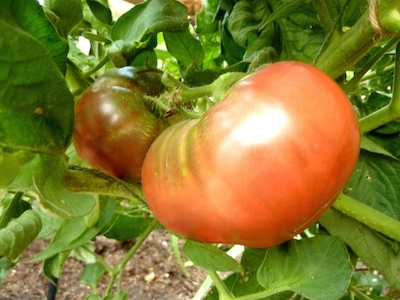
More tomatoes in 5 weeks
A tomato flower matures to a ripe fruit in 5 weeks. The first 3 weeks the tomato is growing to it's full size. The fruit ripens in the next two weeks.
Tomatoes that have grown to full size in dry weather may suddenly start growing again if there is big rain or you start watering the plants again. Once the excessive heat is over, it will probably be 5 more weeks before you are picking more tomatoes.
A string of days over 90 degrees will cause more garden vegetables to drop blossoms, and go into survival mode, conserving it's resources. Crops like beans, squash, peppers, melons, and pumpkins will lose their blooms.
Sunscald looks like a large, whitish patch on the tomato during hot and dry weather. Leaves protect fruit from sunscald. Poor foliage cover as the fruit ripens.
Got other tomato problem? See The 5 Worst Tomato Problems Solved
Are your tomatoes cracking or splitting? See What causes tomatoes to crack?
Sun protection for patio or garden.
Sun burned tomatoes
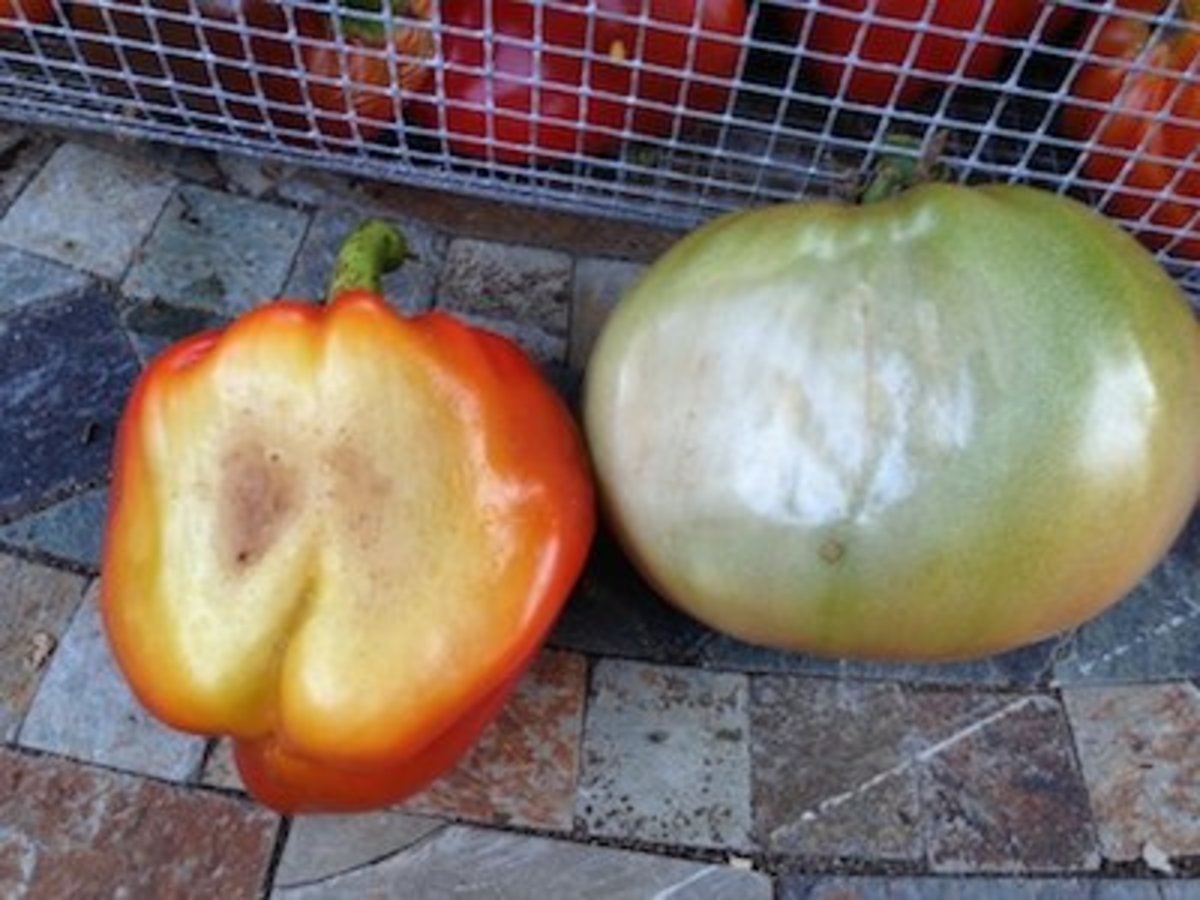
Sun scalded tomatoes
More tomato problems
If it is hot enough to slow down tomato production. That may not be your only concern.
Sunscald happens when tomatoes are exposed to the direct rays of the sun during hot weather.
Tomatoes may not be the only sufferer in your garden. Peppers and also have the same problem. The treatments are the same for both tomatoes and peppers
When the tomato is exposed to heat and drought, conditions are right for this insightly damage.This brings up a consideration for folks who prune their tomatoes.
Heavy pruning and loss of foliage from disease, is the reason for sunscald. When the sun is shining directly on the fruit, conditions are right for sunscald. Ideally tomatoes (and peppers) have enough foliage to prevent direct contact.
If you have pruned the plant and left fruit newly exposed to direct sun, expect sun scald. If the green tomato has begun to color, go ahead and pick it and bring it inside to ripen slowly.
Grow your own sun protection
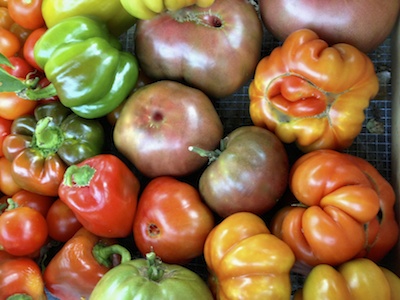
Tomatoes save your skin
Can tomatoes protect you from sun damage?
- According to a recent study published in the Journal of British Dermatology, 20 healthy women, ages 21 to 47, who ate a quarter cup (or four tablespoons) of tomato paste in olive oil every day for three months were more protected against sunburn than those who consumed olive oil alone. Women's Health
- German research also finds that lycopene(the antioxidant in tomatoes) reduces sensitivity to sunburn. Drinking tomato juice or taking 10mg lycopene daily for three months cut signs of sunburn from a UV lamp 25% to 48%. Processed tomato products are rich in lycopene. Spavelous Weekly Spa Magazine




